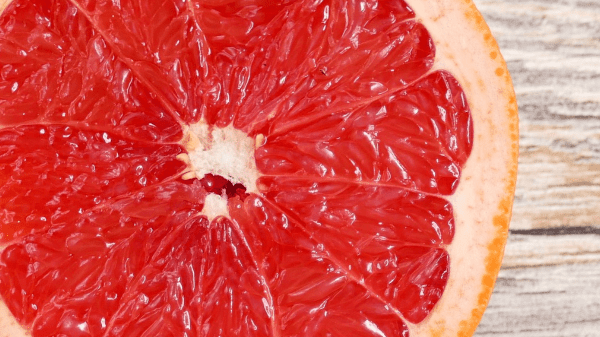Will there be any Mexican grapefruit on the market this winter?
Possibly not, because under pressure from legislators from grapefruit-producing states Florida and Texas, USDA has reinstated a juice content standard for imported grapefruit.
How much juice should a grapefruit have?

There aren’t any national standards. But according to Florida guidelines, it’s someplace between 49 and 52 percent in order for the fruit to be determined as mature.
Florida standards have been adopted as a de facto national standard, although USDA has indicated that they relate to a state marketing order only.
As a result, in April 2021, USDA suspended the juice content requirement for grapefruit from Mexico, leading to a familiar clash between importers and Southeastern growers.
“Since this suspension was enacted as a patch instead of a rule change, there was no opportunity for public comment that could have revealed these serious concerns,” said Sid Miller, Texas commissioner of agriculture, in a November 9, 2021, letter to USDA secretary Tom Vilsack.
“The relaxation in standards of maturity for imported grapefruits has given Mexican grapefruit producers a distinct and unfair advantage over Texas producers, which will lead to dumping of inferior fruit in our state and across the country,” Miller contended.
But USDA has reinstated the juice content standard for imported grapefruit as of October 1, and this is expected to apply through the rest of the season (through March 31).
“The stoppage went into place on October 1 and will continue through March 31, 2023, exactly when Mexican grapefruit imports are typically at their height to offset a dip in domestic U.S. grapefruit production,” according to a statement from the Citrus Import Coalition (CIC), which is affiliated with the Fresh Produce Association of the Americas (FPAA). “This will lead to a severe shortage of grapefruit this winter and substantial hike in prices at the cash register.”
The issue comes down to this: Florida grapefruit, grown in subtropical conditions, have a thin rind. Mexican grapefruit, grown in the desert, has a thicker rind. Consequently, virtually all of it is bound to fail the Florida standard.
Domestic producers claim that the failure of Mexican fruit to meet the juice content standard makes them “inferior quality grapefruits,” in Miller’s words.
The CIC replies, “The Florida growers are trying to obscure the fact that Mexican grapefruit, which has come to the U.S. market over the last 10 years, is just as sweet, ripe and juicy as customers have come to expect. Every Mexican grapefruit that entered the U.S. was rigorously inspected by USDA-licensed inspectors and met (and in many instances exceeded) quality standards. What’s more, they also more than live up to the ultimate test: demand for high quality from U.S. distributors, retailers, and consumers.
“This move by Southeastern growers, especially those from Florida, is part of their longtime efforts to erect self-serving, protectionist trade barriers against fruits and vegetables imported from Mexico, especially tomatoes, cucumbers, squash, bell peppers, blueberries, and strawberries. Most recently, they requested that the U.S. government initiate an investigation on all produce from Mexico, but that petition was denied for lack of evidence,” the CIC statement adds.
The solution? CIC says, “The best course of action right now is to delay the new decision to block Mexican grapefruit importation until the entire industry can come together to decide on juice requirements as part of a larger quality standard. The Citrus Importers Coalition is calling on all industry partners and consumers to finally get a seat at the policy making table, which has been dominated by the Florida growers.”
The solution would appear to be an industrywide discussion, complete with public comment, to address these issues.



